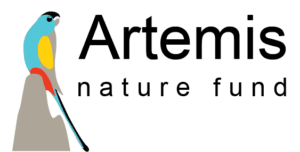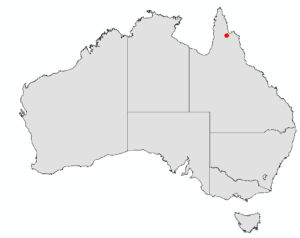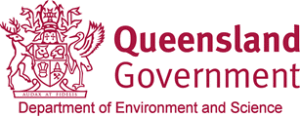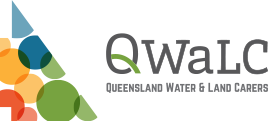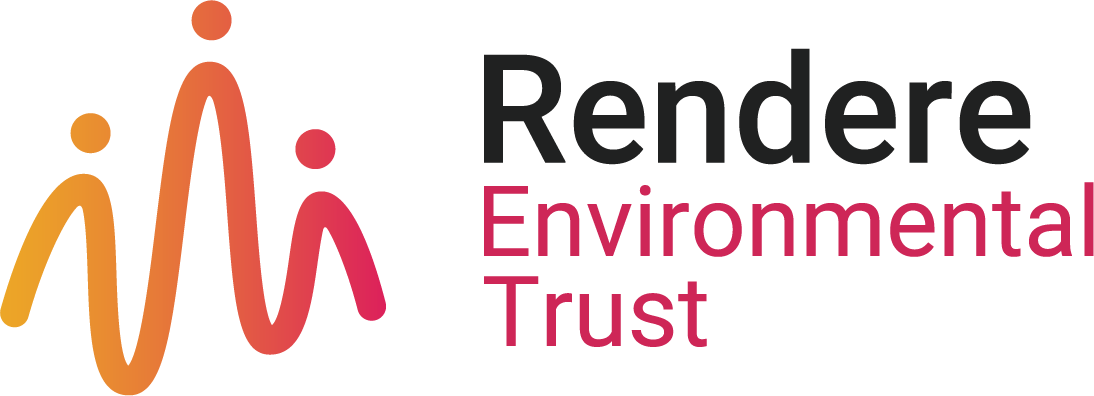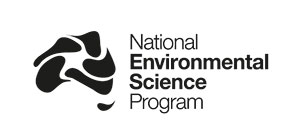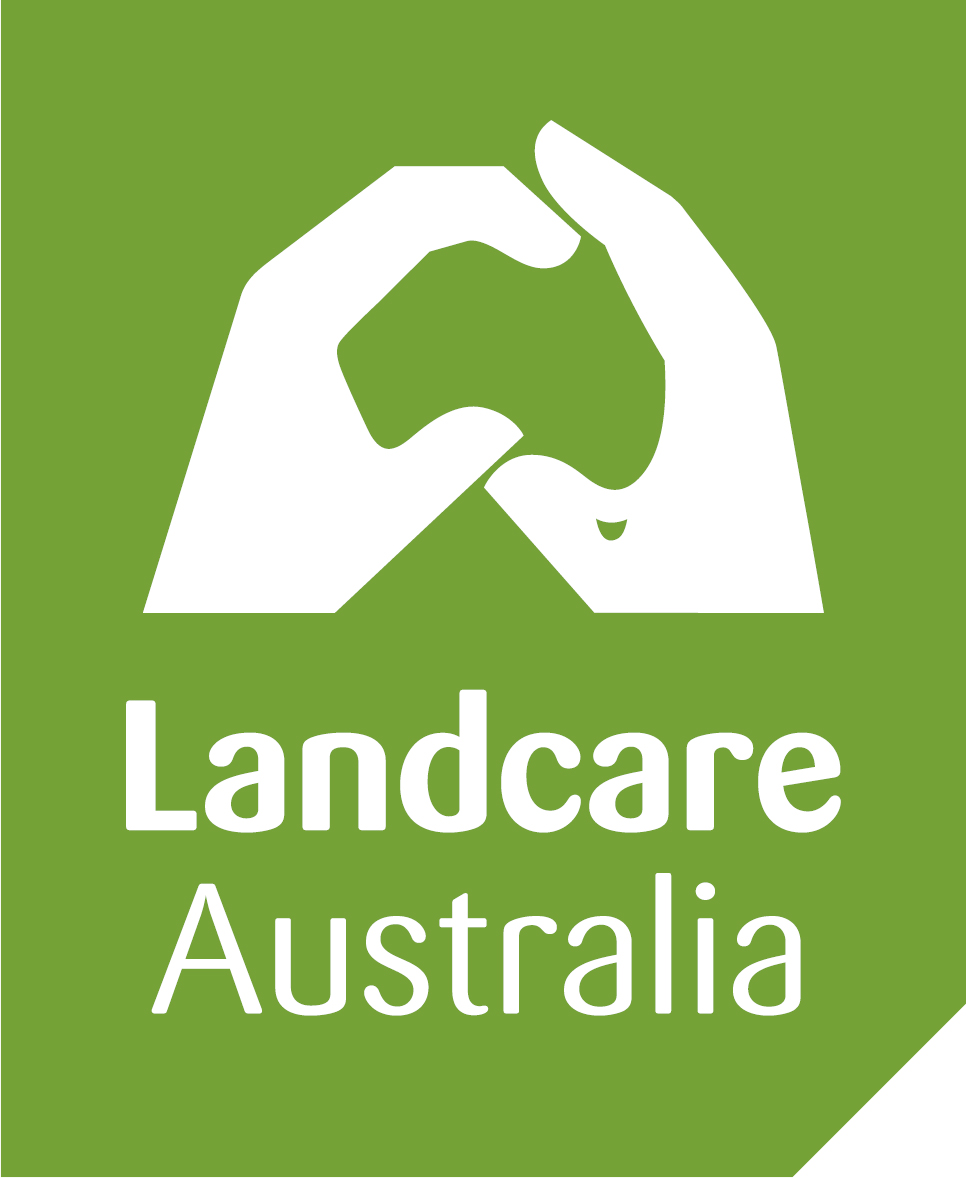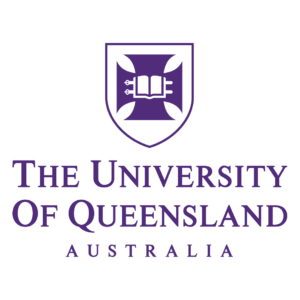HABITAT RESTORATION
The idea of restoring Artemis' grasslands and open woodlands is conceptually simple but challenging in practice.
First, although the invading trees shouldn't be there, given they are technically native we needed a permit under the Vegetation Management Act (1990) before we could remove them. Second, we needed to develop safe and effective ways to remove the invading trees. Third, we need a way to keep treated areas open after the initial treatment.
The information presented below summarises our approach. For a more information, please read our guide to "Managing vegetation thickening in the Cape York Peninsula Bioregion: Lessons from Artemis Station ".
Habitat restoration images from July 2022 to April 2023.
INITIAL TREATMENT
Since 2020 we have been trialling several treatment methods to remove trees and shrubs. They all have their pros and cons, and we have found that the best method depends on the situation. For high value nesting areas, we cannot afford to damage termite mounds (within which parrots excavate their nest) and so clearing is done by hand using chainsaws and clearing saws, with herbicide application limited to the cut stump.
Conservation staff using the cut stump technique to remove invasive trees in nesting habitat.
In other less sensitive areas, we are using a residual, tree specific herbicide (Tebuthiuron) which kills trees with minimal impacts on the grass layer. We have also trialled physical removal with a loader in a small area, with follow-up sowing of native grasses.
REGROWTH MANAGEMENT
In the years following initial treatment, new seedlings and any re-sprouting stumps need to be removed using a foliar application of tree-specific herbicides. This is done either using knapsack sprayer or tractor-mounted tanks.
Conservation staff spraying regrowth.
Managing grazing pressure is also an important part of the restoration process. Some treated areas are spelled for one or two wet seasons, while others are destocked permanently. This allows grassy fuels to accumulate, increasing the intensity of subsequent fires.
Fire management is critical to the on-going maintenance of Golden-shouldered Parrot habitat. It also makes primary and secondary treatments more effective and efficient.
Gaining greater control over where and when we can apply fire also aligns with the objectives of reducing greenhouse gas emissions. Conservation Partners assist Artemis Station owners Tom and Sue Shephard with running their Savanna Burning Carbon Abatement project. For this work, Conservation Partners gets a share of the carbon credits, which we sell and reinvest back into our practical threat abatement work. In 2024, ANZ bank purchased the Artemis credits. They even paid a premium price because of our conservation work. This video gives more information about the Conservation Partners-Artemis partnership - which is one we are very proud of!
Artemis meets ANZ.
Fire on Artemis.
